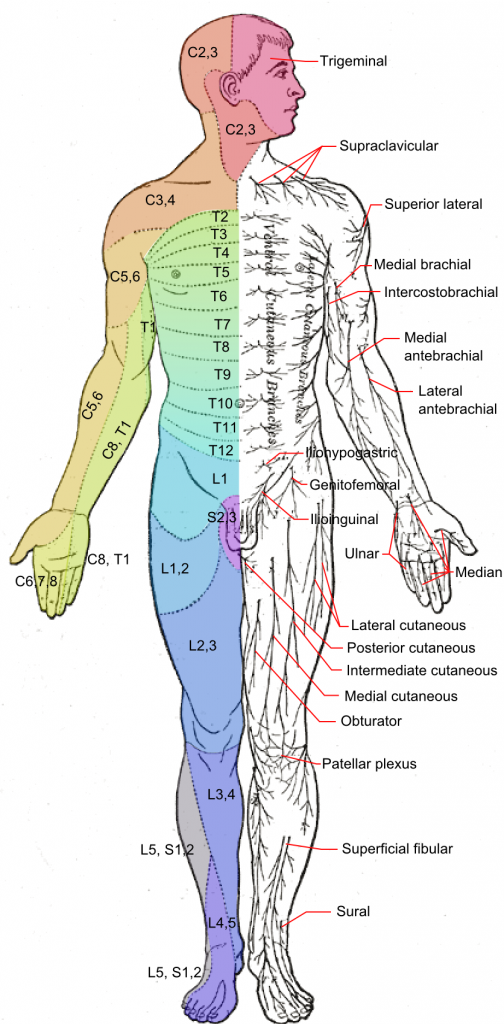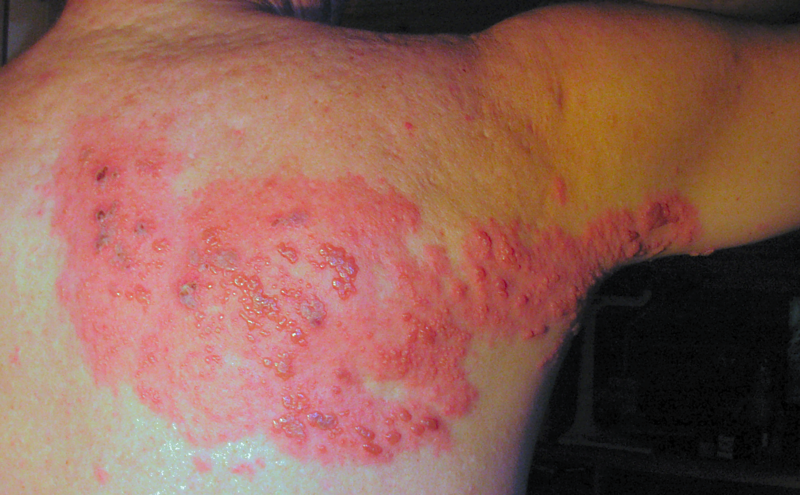
Public domain, from the National Historic Museum of Greece
Hi, friends! If you are wondering why I inserted the cool-looking Greek dude in the picture here, then read on. It has something to do with his belt. . .
It has been a while since I have posted here on MyHealthyMatters blog. That’s because I have been lying on a beach in the South Pacific, drinking cocktails with little umbrellas in them and in general being slothful.
Actually, no, I’ve been around doing my usual doctor stuff at Hennepin Healthcare. If you click on that link and scroll down just a bit you’ll find a picture of me and WCCO radio host Denny Long taken in the WCCO studios. I usually don’t like pictures of myself but I rather like this one! Check it out.
Of course, we’re still streaming on wccoradio.radio.com with our live Healthy Matters radio broadcast every Sunday morning at 7:30 Central time and also at 830 on your AM radio dial. I hope you tune in.
I’m going to resume posting so look for topics from the broadcast. We’ve recently done great shows about leukemia, hearing loss, kidney transplant, preventing foot amputations, skin cancer, and more! In the meantime, I recommend you listen to the podcasts of any of our previous shows at wccoradio.radio.com.
For now I’m going back to last Sunday, June 30, where I did an open lines show and the overwhelming topic of the day seemed to be shingles. So read on to hear more about:
- What is shingles? (Yes, it is grammatically correct to use “is” and not “are”).
- Clinically, what does shingles look like?
- Who gets shingles?
- What is post-herpetic neuralgia?
- Maybe most important, I’ll answer the common questions about the shingles vaccine at the end.
What the heck is shingles?

Mikael Häggström [Public domain]
Shingles is the common and much-less icky-sounding name given to herpes zoster. It is caused by the varicella zoster virus (VZV) which is the same virus that causes chicken pox. You may be mildly troubled to learn that once you get chicken pox the virus doesn’t ever go away. Instead, it stays in your body forever in a dormant and thus inactive state. Oddly enough, it sets up habitation in your spinal cord. At some later point in your life, the virus wakes up and becomes active again, only this time it only affects the nerve where it happens to reside as opposed to the whole body. So that is why people typically get shingles in bunches in the portion of the skin that the affected nerve supplies. It is also why shingles doesn’t go across the midline of the body in front or in back since nerves always supply one side or the other of the body.
The spaces supplied by each nerve are called dermatomes. the human body has lots of dermatomes, any of which can be affected by the zoster virus.
For the curious, some word origins
You may wonder where the term shingles comes from. Here’s a few quick facts:
Shingles comes from the medieval Latin word cingulus which means girdle or belt. Typically the rash is in a belt-like band around the torso, hence the name.
Shingles is a singular noun, not plural. It’s not like the covering on your roof.
Zoster, the medical term for shingles, is a Greek word also meaning girdle, or more precisely, warrior’s belt.
So shingles literally means a warrior’s belt. So perhaps the dude in the picture above – and this equally cool-looking fellow here – was the inspiration for the word shingles, what with the sweet belt and all . . .
What does shingles look like?
 Carl Haag (public domain)
Carl Haag (public domain)
Shingles usually starts as a painful area in one area of your skin (see the dermatome map of the body above). People often say it is a pain, a numbness, or even a burning like a sunburn. A few days later, the familiar bumps (like chicken pox) appear on that area. These can be itchy and painful and sometimes leak a little fluid. They usually blister over in a week or two and go away completely within a month or so.
But as is often the case, not all people have read the textbook on how it is supposed to go and so their shingles is a bit different. For some, the rash never appears, just the pain. For some, the pain continues long after the rash disappears (more on that later). For some, it can be in more than one dermatome (but that isn’t too common).
Why do some people get shingles and not others?

Public domain
I should correct the preceding headline. You can’t actually “get” shingles because you already had it in your body. It is more precise to say you can “reactivate” it.
The cause of reactivation is not entirely known, but it is probably due to a weakened immune system. This can occur most commonly with the aging process and so older folks tend to get it more often. It can also occur with certain medications that affect the immune system (like prednisone), cancer, HIV, other chronic illnesses. And it occur in seemingly healthy people. Case in point . . . I personally had shingles right around my eye just a few weeks before running a marathon. Something about the stress of hard training on the body, I guess. One point about shingles near the eye . . . if you get it near your eye you must see an eye doctor since it can affect your vision permanently.

The dreaded post-herpetic neuralgia
I alluded to the persistent pain that some people get after shingles. This is called post-herpetic neuralgia, or PHN. Don’t worry about the term, it is called that simply because the offending varicella-zoster virus is a member of the herpes virus family. It’s not the herpes you may be thinking about.
PHN is a bummer, though. For some, it’s way more than a bummer, it is literally pain that may never go away. Fortunately, most shingles-sufferers don’t get PHN, and even for those that do, it may still disappear over time. The pain is caused by damaged nerves which are sending mixed-up signals to the brain. People who have had it don’t tend to joke around about it. It’s the real deal on painful conditions.
The cavalry has arrived. Vaccines!
 Cool-looking Greek cavalry guy. Photo is public domain.
Cool-looking Greek cavalry guy. Photo is public domain.
For years, there was nothing effective that may prevent shingles. Then, back in 2006 the first effective vaccine was introduced. It was called Zostavax and it consisted of a live, but weakened, virus. It was and still is pretty good for reducing risk of shingles for people over age 60. It helps much, but not all of the time, but the protection is probably not lifelong and may not be much good after five years or so.
A major breakthrough happened in 2017 when a new vaccine, called Shingrix, was launched. This vaccine uses lab techniques and is called a recombinant vaccine instead of a live virus vaccine. It is a two-shot series given two to six months apart. Since it is >90% effective, it is now the preferred vaccine for all healthy people over age 50.
Read this next part. Common questions about the vaccine
Here are the answers to the most common questions I get about the shingles vaccines:
- Should you get the newer Shingrix even if you received the older Zostavax in the past?YES.
- Should you get Shingrix vaccine even if you already had shingles? YES.
- If you are not sure if you ever had chicken pox, still get the Shingrix? YES.
I have done something like 550 Healthy Matters radio broadcasts over 10+ years, and I would bet that shingles is among the top five topics of interest to people. So I hope this has been helpful.
For lots more reliable information about shingles, check out the CDC site.
If you haven’t done it yet, I invite you to subscribe to this blog by e-mail below or at the top. I promise, no external marketing or promotional stuff from me!
And follow me on Twitter @DrDavidHilden
